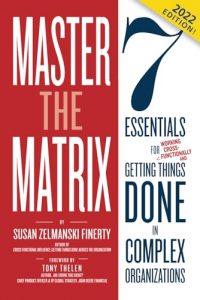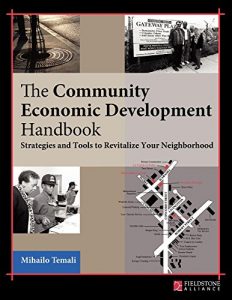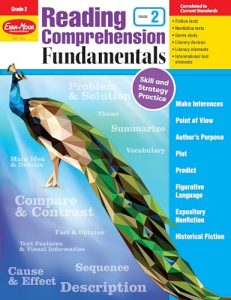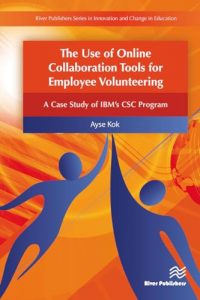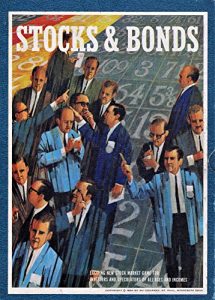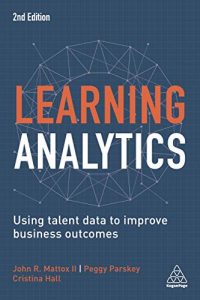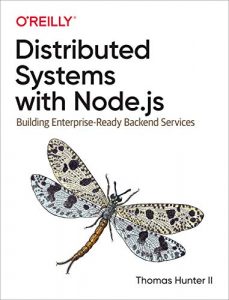1. Bonds and Bond Derivatives
Written by Miles Livingston, this book dives deep into the nuances of bonds and their derivatives. It caters not only to seasoned finance professionals but also to those eager to understand the dynamic realm of investments. The easy-to-follow explanations and real-world examples will empower readers to make informed decisions about bond investments. Whether you’re a beginner or an expert looking to sharpen your knowledge, this comprehensive guide is a must-read that lays the groundwork for a solid understanding of bonds.

2. Focus On: 90 Most Popular Financial Derivatives
This intriguing compilation by Wikipedia contributors presents powerful insights into financial derivatives that every investor should know. It covers subjects such as binary options and collateralized debt obligations, clarifying complex topics with simplicity. The availability of this resource at just $0.99 makes it an unbeatable bargain. If you’re looking to grasp the fundamental concepts of derivatives and their practical applications in today’s economy, this book is undoubtedly worth every penny.

3. Big Bets Gone Bad: Derivatives and Bankruptcy in Orange County
Philippe Jorion’s examination of the largest municipal failure in U.S. history is not just a narrative of bankruptcy; it’s a gripping lesson on the risks associated with derivatives. By unraveling the tale of Orange County’s financial collapse, Jorion provides readers with gripping insights into how derivatives can lead to disastrous outcomes if mismanaged. This book serves as a cautionary tale that every finance professional should read, emphasizing the importance of risk management in financial practices.

4. Collateralized Debt Obligations and Structured Finance
In her detailed exploration of cash and synthetic securitization, Janet M. Tavakoli guides readers through the intricate frameworks of collateralized debt obligations. This book is ideal for those in finance looking to deepen their understanding of structured products and the complexity of financial instruments. It covers recent developments, making it a timely read in the ever-evolving finance landscape. Tavakoli’s ability to clarify this intricate subject makes it essential for students and professionals alike.

5. Credit Derivatives Pricing: Collateralized Debt Obligations Pricing Using CreditRisk+
Yan Ge presents a specialized exploration into pricing mechanisms for credit derivatives, with a weighty focus on collateralized debt obligations. This book is essential for finance professionals who want to enhance their pricing strategies using credit risk models. Ge’s expertise provides invaluable insights into the methodologies used for these complex financial instruments. From theoretical frameworks to practical applications, this book is perfect for those looking to navigate the world of credit risk pricing effectively.

6. Corporate and Project Finance Modeling: Theory and Practice
Written by Edward Bodmer, this title focuses on the intricacies of corporate and project finance modeling. With practical insights backed by theoretical foundations, readers can expect to find valuable methodologies to enhance their financial modeling skills. Whether you are new to finance or looking to refine your existing expertise, this book offers a comprehensive toolkit for effective modeling and decision-making in corporate finance.

7. Credit Risk Pricing Models: Theory and Practice
Bernd Schmid’s exploration into credit risk modeling serves as an essential resource for professionals looking to understand the theoretical underpinnings of credit risk and its implications in finance. With practical examples and robust modeling techniques, readers can gain insights into how to assess creditworthiness and price risk accurately. This book speaks directly to a finance audience eager to enhance their analytical skills and improve risk assessment models in their practice.

8. The Real Oil Shock: How Oil Transformed Money, Debt, and Finance
Ryan C. Smith’s examination of the oil markets is more than a finance book; it’s a historical narrative exploring how oil has influenced global finance. The intersections of money, debt, and energy sectors are explored, making it essential for anyone interested in economic history. Smith’s engaging storytelling coupled with in-depth analysis provides readers with a robust framework for understanding the impact of oil on the modern economic landscape.

9. U.S. Debt: $800,000+ per Family? Trillions? Quadrillions?
In this compelling read by Dr. Iris Marie Mack and co-authors, the alarming truth about U.S. debt is disclosed. By dissecting various statistical analyses and the implications behind the figures, this book educates readers about the financial challenges facing the nation. Balancing factual data with pragmatic solutions, the authors offer a critical examination of debt that inspires readers to think critically about financial literacy and economic responsibility.







